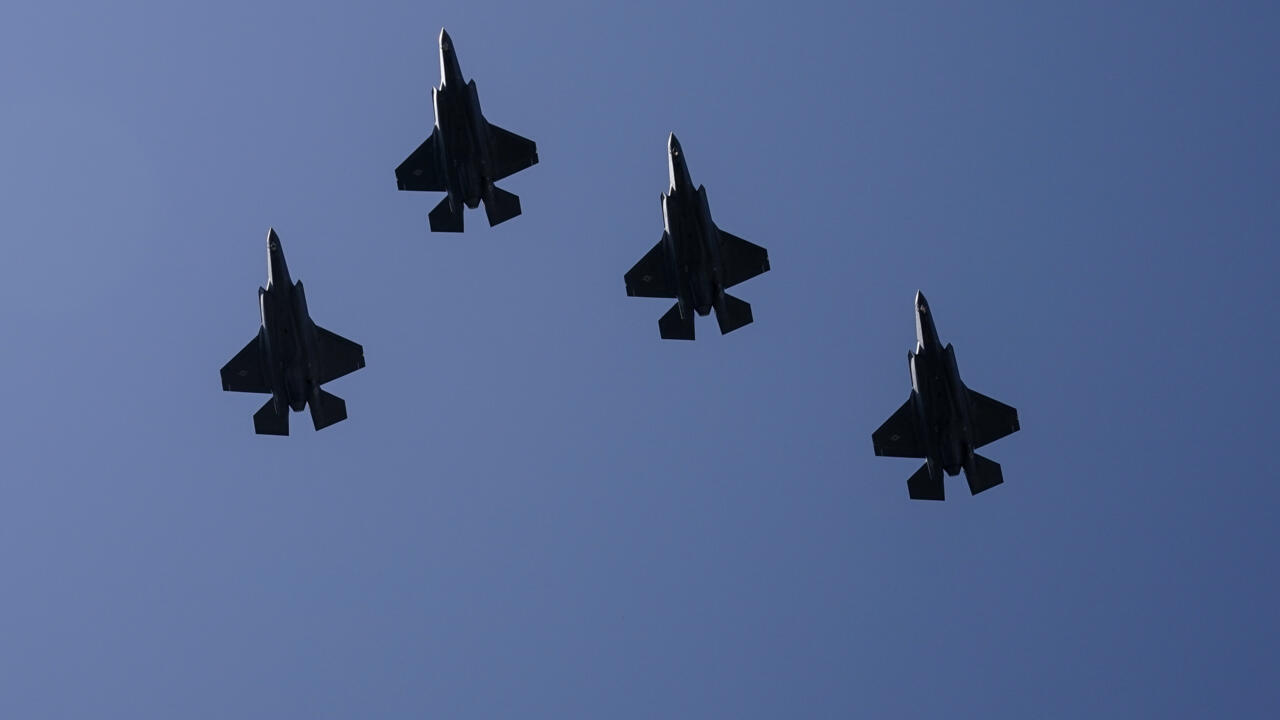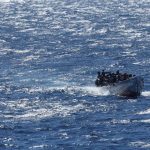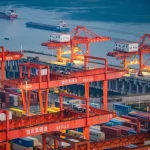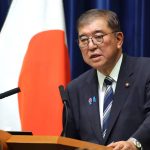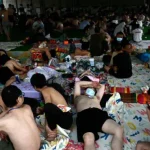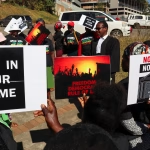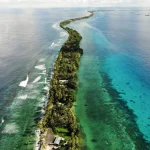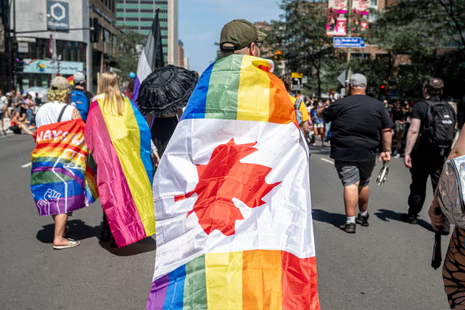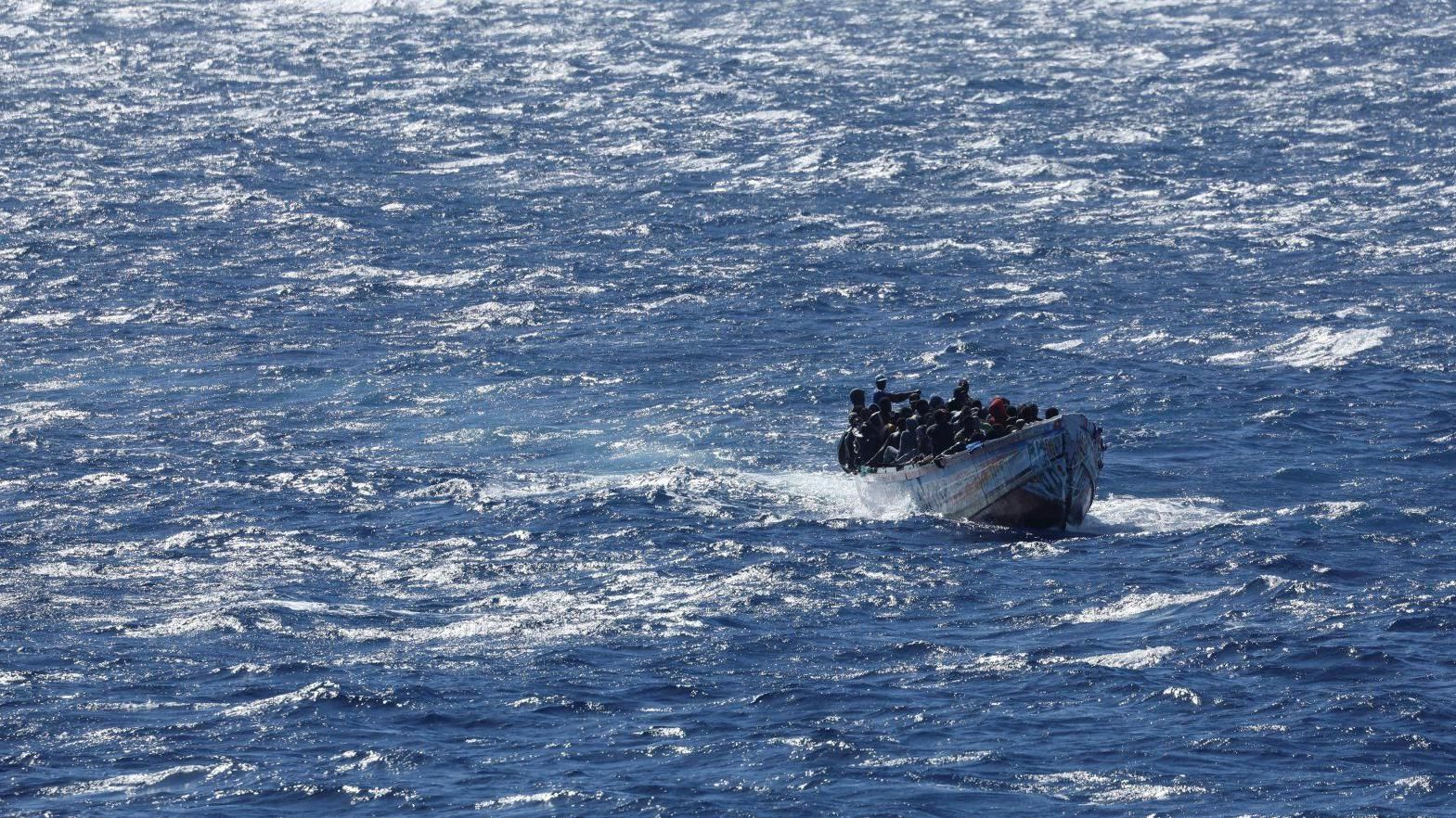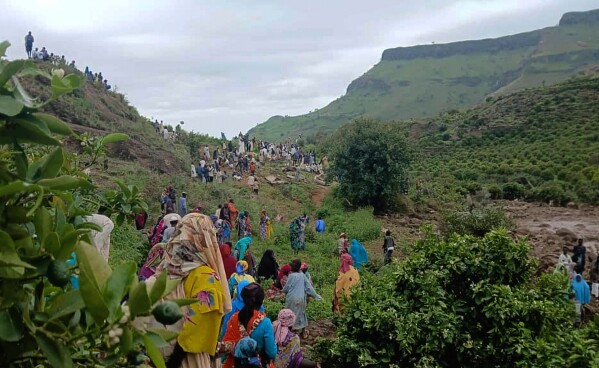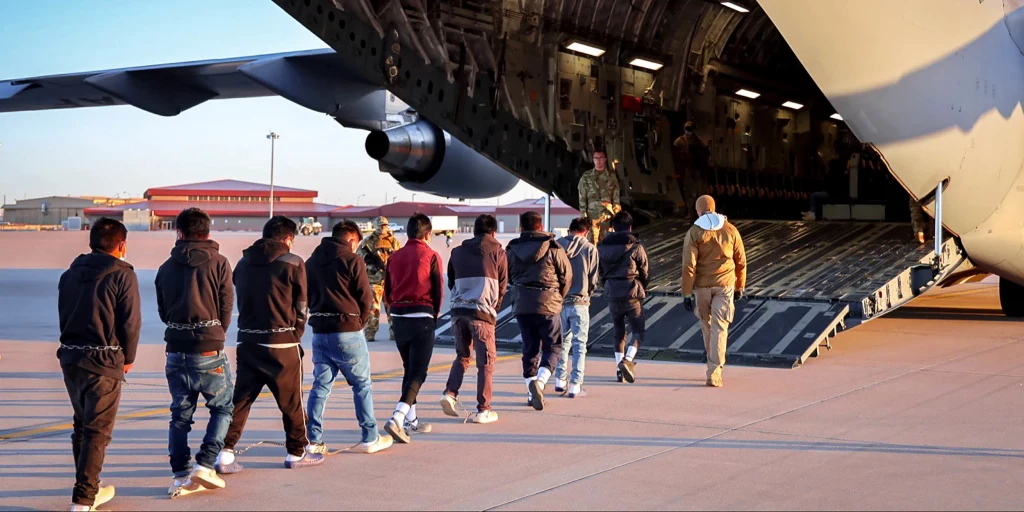In a move that has captured global attention, former President Donald Trump announced the deployment of stealth fighter jets to Puerto Rico as part of an ambitious anti-drug cartel offensive. The operation, framed as a crackdown on transnational organized crime, is unprecedented in scale and symbolism. Puerto Rico, a U.S. territory long caught in the crossfire of the drug trade, has now become the staging ground for one of the most aggressive military campaigns against narcotics trafficking in the Caribbean.
- The Context of the Drug Trade in the Caribbean
- Trump’s Decision to Deploy Stealth Fighters
- Puerto Rico’s Role in the Offensive
- The Human Impact of the Drug Trade on Puerto Rico
- Geopolitical Implications of the Offensive
- The Cost of Militarization
- Voices from Puerto Rico
- International Comparisons
- Looking Ahead: What Comes Next?
- FAQs
- Why did Trump deploy stealth fighter jets to Puerto Rico?
- How does the drug trade affect Puerto Rico?
- Are stealth fighters effective in fighting cartels?
- What are the concerns about militarizing Puerto Rico?
- How have other countries reacted to the deployment?
- What alternatives exist to militarization?
- Conclusion
The deployment raises critical questions about the militarization of anti-drug operations, the geopolitical implications for the region, and the future of U.S. policy toward cartels that operate across borders. For Puerto Ricans, the presence of stealth aircraft not only symbolizes federal attention to their security challenges but also reignites debates about sovereignty, militarization, and the role of the island in U.S. foreign and domestic policy.
The Context of the Drug Trade in the Caribbean
The Caribbean has long been a central hub for drug trafficking routes, serving as a bridge between South American producers and North American consumers. Cocaine, heroin, and increasingly synthetic drugs often pass through this region before reaching U.S. cities. Puerto Rico’s strategic location, coupled with its status as a U.S. territory, makes it an especially attractive entry point for cartels seeking to bypass traditional customs checks.
According to the U.S. Drug Enforcement Administration (DEA), Puerto Rico has seen a sharp rise in drug seizures over the past decade, with cartels exploiting maritime routes and air smuggling methods. Federal reports estimate that billions of dollars’ worth of narcotics flow through the island annually, fueling local crime, corruption, and violence. This reality has made Puerto Rico both a victim of global drug networks and a critical frontline in America’s war on drugs.
Trump’s Decision to Deploy Stealth Fighters
The decision to send stealth fighter jets—most notably F-35s and F-22s—to Puerto Rico has been described by Trump and his allies as a “game-changer.” Traditionally, anti-cartel operations have relied on the Coast Guard, DEA agents, and naval patrols. The involvement of stealth aircraft represents a dramatic escalation, signaling a willingness to use cutting-edge military technology against non-state actors.
Trump justified the move by framing it as necessary to disrupt highly sophisticated cartels that use advanced weaponry, encrypted communications, and fast boats to evade law enforcement. “We are bringing unmatched power to the fight against the cartels,” he declared, arguing that stealth jets would provide intelligence, surveillance, and rapid-response capabilities that conventional forces could not match.
Critics, however, question whether such a heavy-handed military approach is proportionate to the threat, warning that it could lead to collateral damage, escalate violence, and set a precedent for the militarization of domestic and territorial spaces.
Puerto Rico’s Role in the Offensive
Puerto Rico’s geographical position—just 1,000 miles from the Venezuelan coast—makes it a natural staging ground for U.S. operations. The island already hosts several U.S. military installations, including the Muñiz Air National Guard Base and Fort Buchanan. The arrival of stealth fighters adds a new dimension to this military presence, turning Puerto Rico into a strategic hub for regional security operations.
For Puerto Ricans, the deployment is a double-edged sword. On one hand, many welcome stronger federal action against cartels, which have fueled rising crime rates and destabilized communities. On the other hand, there are concerns about sovereignty, overreach, and the militarization of civilian life. Activist groups argue that the operation prioritizes military spectacle over long-term solutions such as education, rehabilitation, and economic development.
The Human Impact of the Drug Trade on Puerto Rico
To understand the stakes of this military deployment, it is essential to recognize how deeply the drug trade has impacted Puerto Rico. The island has one of the highest homicide rates in the U.S., with drug-related violence accounting for the majority of killings. Entire neighborhoods have been destabilized by cartel activity, while corruption scandals have implicated local police and government officials in trafficking networks.
For families living in the shadow of cartel violence, the arrival of stealth jets may feel like a necessary intervention. Yet, the deeper social issues—poverty, unemployment, and lack of opportunities—remain unresolved. Experts warn that without addressing these root causes, even the most sophisticated military campaigns will only offer temporary relief.
Geopolitical Implications of the Offensive
Trump’s decision to deploy stealth fighters to Puerto Rico has reverberated across the region. Neighboring countries in the Caribbean and Latin America are closely watching the developments, wary of how expanded U.S. military activity might affect their own sovereignty and security.
Venezuela and Cuba, in particular, have criticized the move as an act of intimidation, accusing Washington of using the fight against cartels as a cover for regional militarization. Meanwhile, U.S. allies like Colombia and the Dominican Republic have expressed cautious support, noting that cartels are a shared threat requiring collective action.
At the global level, the use of stealth fighters in anti-narcotics operations raises questions about the appropriate use of military technology. The U.S. is effectively deploying aircraft designed for great-power competition against non-state criminal organizations, blurring the line between law enforcement and warfare.
The Cost of Militarization
Deploying stealth fighters is not only a symbolic decision but also an expensive one. F-35s, for example, cost more than $80 million per unit, with operational expenses running into millions per flight hour. Critics argue that these resources could be better spent on strengthening local law enforcement, funding rehabilitation programs, or improving border security at ports of entry.
Moreover, there is skepticism about whether stealth aircraft—designed primarily for air-to-air combat and precision strikes—are the right tools for fighting drug cartels. While their surveillance capabilities may prove useful, their deployment could be seen as overkill, fueling accusations that the operation is more about political theater than practical effectiveness.
Voices from Puerto Rico
The reaction on the island has been mixed. Local officials aligned with the federal government have praised the deployment as a long-overdue show of commitment to Puerto Rican security. “This sends a message to the cartels that Puerto Rico will not be their playground,” said one government representative.
Community leaders and activists, however, express skepticism. They argue that militarization risks alienating local populations and could even escalate tensions. “Stealth jets won’t solve the problem of addiction or poverty,” noted a San Juan-based activist. “We need investment in schools, healthcare, and jobs—not warplanes flying overhead.”
International Comparisons
The use of advanced military technology in anti-narcotics campaigns is not entirely unprecedented. In Colombia, U.S.-backed operations like Plan Colombia involved heavy military engagement against cartels and guerrilla groups. While such efforts did reduce some levels of drug production, they also sparked human rights concerns and prolonged violence.
Puerto Rico’s case is unique, however, because it is a U.S. territory. This means the line between foreign policy and domestic policy becomes blurred, raising legal and constitutional questions about the use of military force on American soil.
Looking Ahead: What Comes Next?
The deployment of stealth fighters to Puerto Rico may be just the beginning of a broader campaign against cartels. Analysts speculate that the operation could expand to include naval blockades, drone surveillance, and joint operations with regional partners.
Yet, the ultimate measure of success will not be in the number of jets deployed but in the long-term impact on Puerto Rican society. If drug-related violence decreases, public confidence may grow. But if the offensive leads to further instability or fails to address the underlying issues, it could fuel resentment and deepen divisions between Puerto Ricans and the federal government.
FAQs
Why did Trump deploy stealth fighter jets to Puerto Rico?
The deployment was framed as part of an anti-drug cartel offensive, intended to disrupt sophisticated trafficking networks that operate through the Caribbean and into the United States.
How does the drug trade affect Puerto Rico?
Puerto Rico is a major transit point for narcotics entering the U.S. Cartel activity has fueled high homicide rates, corruption, and community destabilization on the island.
Are stealth fighters effective in fighting cartels?
While stealth jets provide advanced surveillance and rapid-response capabilities, critics argue they are not designed for anti-narcotics operations and may represent excessive militarization.
What are the concerns about militarizing Puerto Rico?
Critics worry that militarization could alienate local communities, escalate tensions, and divert resources from long-term solutions like education, healthcare, and economic development.
How have other countries reacted to the deployment?
Reactions have been mixed. U.S. allies in the region see it as a positive step, while countries like Venezuela and Cuba accuse Washington of using the drug war as a pretext for regional militarization.
What alternatives exist to militarization?
Alternatives include strengthening local law enforcement, investing in rehabilitation programs, addressing poverty, and improving border and port security to disrupt trafficking routes.
Conclusion
Trump’s decision to deploy stealth fighter jets to Puerto Rico in a bold anti-drug cartel offensive has ignited fierce debate about the future of U.S. drug policy, the militarization of domestic spaces, and the role of Puerto Rico as a strategic outpost. While the move symbolizes federal commitment to confronting cartels, it also raises pressing questions about costs, effectiveness, and the long-term well-being of Puerto Rican society.
For the island’s residents, the jets overhead represent both hope and uncertainty. They are a reminder of America’s military power but also of the fragile line between protection and overreach. Ultimately, the success of this campaign will depend not just on military might but on whether the United States addresses the deeper social and economic roots of the drug trade. Without such a comprehensive approach, even the most advanced fighter jets may struggle to secure lasting peace for Puerto Rico.



